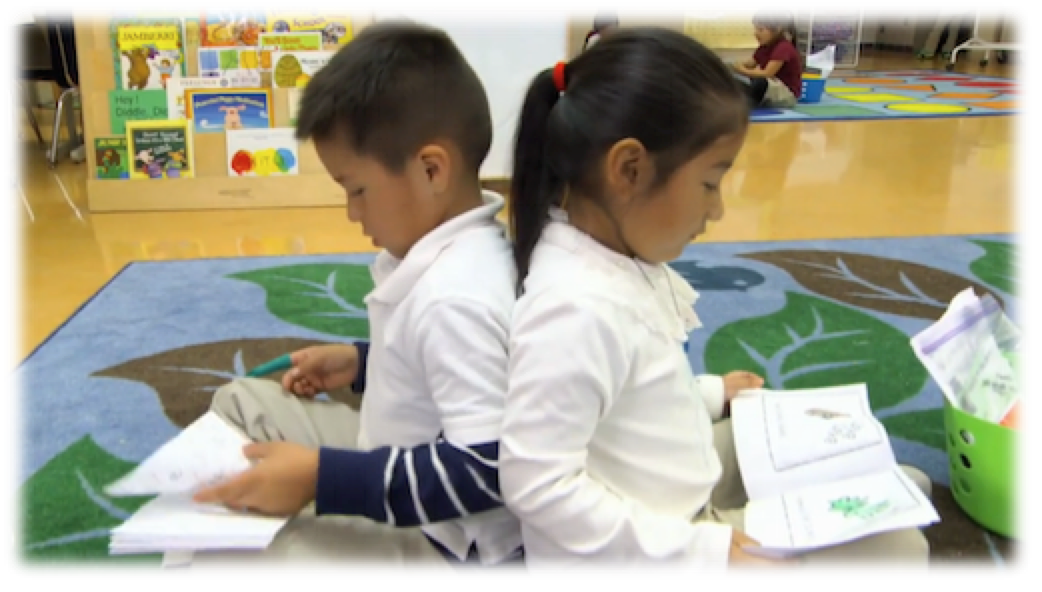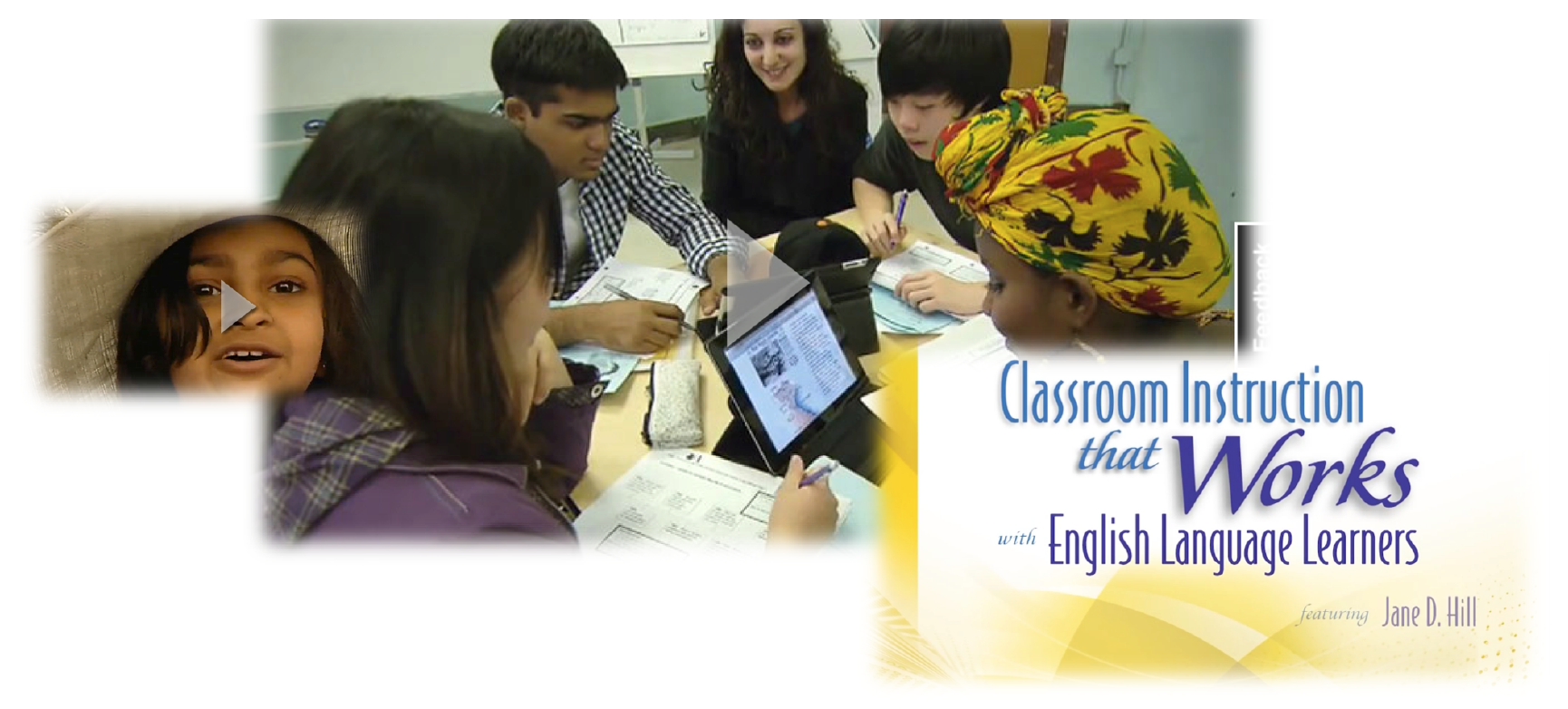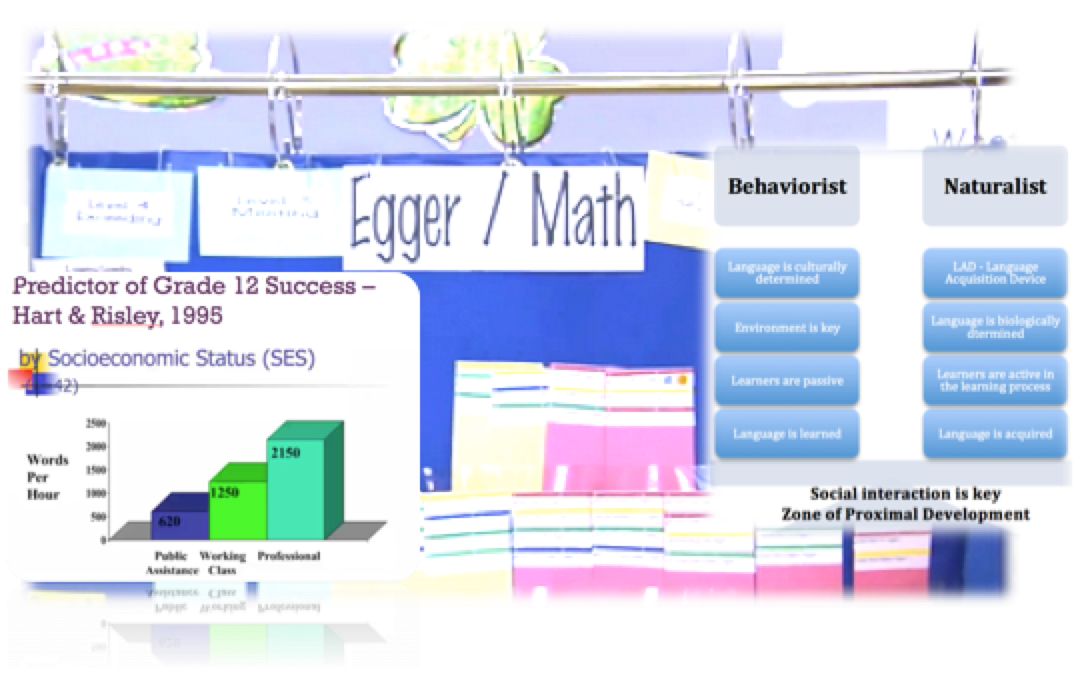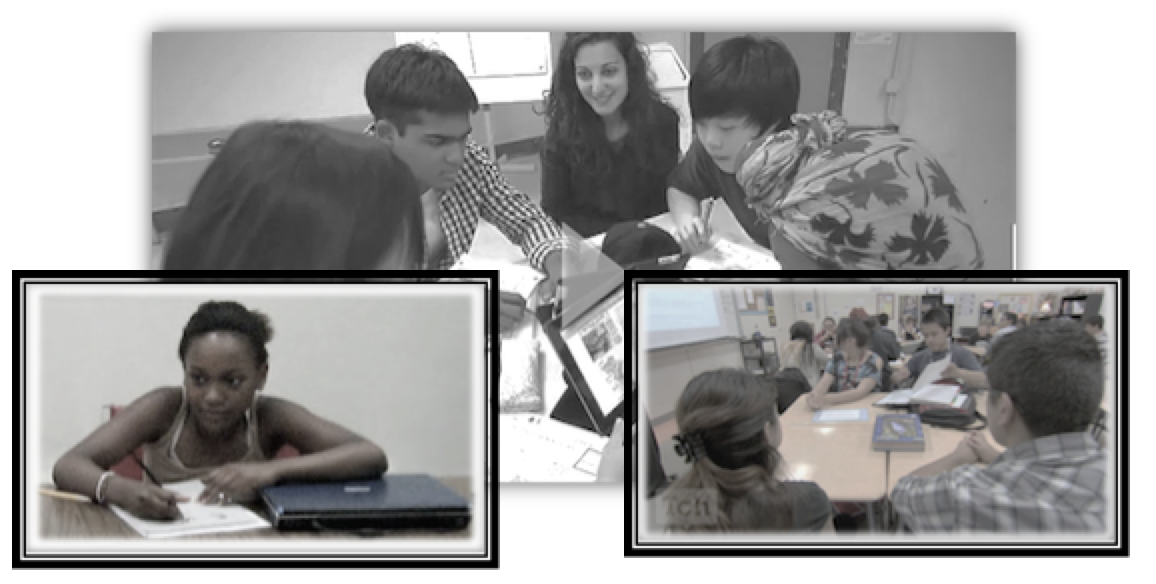Applied Linguistics | 60 hours | Category I | Competency 2
ESOL Curriculum and Materials | 60 hours | Category I | Competency 3
ESOL Testing and Evaluation | 60 hours | Category I | Competency 4
Cross Cultural Communications and Understanding | 60 hours | Category I | Competency 5
ESOL for Administration | Category IV
60 hours | Categories I and II | Competency 1
The core principles of instruction include differentiation through applied strategy, design, re-design, and flexible teaching that uses student data: content, process, and product. Participants in this e-course will reinvent lessons using research-based, effective methods for differentiation geared specifically for ELLs. They'll have opportunities to re-purpose lesson plans, understand readiness versus ability, and  capitalize on brain plasticity to engage students through intellect and creativity. Learning profiles, interest surveys, cognitive-friendly learning environments, tiered questioning and student "hooks" for rigorous learning application are some of the takeaways to this e-course. In addition, this course will take participants into deep realms of content area literacy methods and strategies to include text analysis in literary, non-fiction and technical text, reading comprehension, critical literacy, questioning strategies, and leveling of resources to differentiate for standards and second language learners’ needs. Participants will learn about, become familiar and practice with the resources that determine text complexity and level libraries, learn to use running records and anecdotal data to analyze, evaluate, and plan for student needs, and focus on expository writing geared for ELLs.
capitalize on brain plasticity to engage students through intellect and creativity. Learning profiles, interest surveys, cognitive-friendly learning environments, tiered questioning and student "hooks" for rigorous learning application are some of the takeaways to this e-course. In addition, this course will take participants into deep realms of content area literacy methods and strategies to include text analysis in literary, non-fiction and technical text, reading comprehension, critical literacy, questioning strategies, and leveling of resources to differentiate for standards and second language learners’ needs. Participants will learn about, become familiar and practice with the resources that determine text complexity and level libraries, learn to use running records and anecdotal data to analyze, evaluate, and plan for student needs, and focus on expository writing geared for ELLs.
60 hours | Category I | Competency 2
The concepts of applied linguistics will be explored, and include phonology, principles of English language in reading, writing, speaking and listening; sociolinguistics, language acquisition, and second language acquisition. Consistent use of reading and writing strategy across all content areas continues to turn around  the language skills of English language learners, particularly those who struggle. Participants will finish this course with a compendium of strategies, resources, and tools to aid ELLs and struggling learners with, using researched and field-tested implementation materials. In addition, they will practice with application of these strategies in their classrooms, to return and reflect on them in learning forums. Planning and preparation will involve comprehensive lesson and unit development.
the language skills of English language learners, particularly those who struggle. Participants will finish this course with a compendium of strategies, resources, and tools to aid ELLs and struggling learners with, using researched and field-tested implementation materials. In addition, they will practice with application of these strategies in their classrooms, to return and reflect on them in learning forums. Planning and preparation will involve comprehensive lesson and unit development.
60 hours | Category I | Competency 3
Learning environments conducive to ELL growth is best achieved when the right standards-based materials are selected, resourced, and designed. Participants in this e-course will become knowledgeable about accessing research-based resources, while selecting and adapting standards-based curriculum, materials, and  digital resources. Effective reading comprehension combined with teacher modeling, guided practice, independent application, chunking and other approaches will be used across grade and content areas as they apply. Under this umbrella, participants will learn to teach reading, writing, listening, and speaking geared specifically for the needs of ELLs, through effective and differentiated strategy that builds student capacity. Visual representation, vocabulary, questioning, note-taking, close reading and summarizing are some of the approaches that participants will use to develop units and lessons with. Field-tested, research-based and as appropriate evidence-based strategies with accompanying print and digital tools for implementation will taught to scaffold and differentiate with. Participants will be introduced to sound and scientific research as it promotes literacy across all content areas to help ELL students build foundational skills across reading, writing, speaking and listening. They’ll learn and work with the scaffolds behind them that aid students in the important transition process across all content areas. Intentional, consistent, and rigorous teaching of reading and writing strategy that improves student achievement will engage the 90/90/90 principled approach. Participants completing this course will take away field-tested implementation tools that include: graphic organizers, semantic maps, thinking aids, checklists, rubrics and more.
digital resources. Effective reading comprehension combined with teacher modeling, guided practice, independent application, chunking and other approaches will be used across grade and content areas as they apply. Under this umbrella, participants will learn to teach reading, writing, listening, and speaking geared specifically for the needs of ELLs, through effective and differentiated strategy that builds student capacity. Visual representation, vocabulary, questioning, note-taking, close reading and summarizing are some of the approaches that participants will use to develop units and lessons with. Field-tested, research-based and as appropriate evidence-based strategies with accompanying print and digital tools for implementation will taught to scaffold and differentiate with. Participants will be introduced to sound and scientific research as it promotes literacy across all content areas to help ELL students build foundational skills across reading, writing, speaking and listening. They’ll learn and work with the scaffolds behind them that aid students in the important transition process across all content areas. Intentional, consistent, and rigorous teaching of reading and writing strategy that improves student achievement will engage the 90/90/90 principled approach. Participants completing this course will take away field-tested implementation tools that include: graphic organizers, semantic maps, thinking aids, checklists, rubrics and more.
60 hours | Category I | Competency 4
Assessment of learning or for learning? Balanced, summative, interim and formative assessments will be used to evaluate for application to the needs of English language learners. Participants will understand how to effectively monitor and evaluate for ELL student learning and language needs, and use the data to plan for  effective instruction with. After an introduction to multiple types of assessment and methods of using data, teachers will learn to teach to support a rapid turnaround of language results among their ELLs. Participants will identify the affects of assessment and assessment behaviors among ELL students, to include linguistic bias, assessment accommodations, data analysis, and federal and state assessment policies. The use of formative and summative assessment criteria to plan and prepare with also requires the use of reliable data. Teachers that are actively and systematically use this data can understand the academic performance of their students to include ELLs and other struggling learners, thus leverage for effective progress monitoring. Participants will be introduced to multiple assessment types that include formative, summative, microdata, macrodata, feedback and other assessment vehicles to produce data that lead to responsive instructional decisions. Participants will learn to find and use this data effectively to meet the unique needs of their English language learners.
effective instruction with. After an introduction to multiple types of assessment and methods of using data, teachers will learn to teach to support a rapid turnaround of language results among their ELLs. Participants will identify the affects of assessment and assessment behaviors among ELL students, to include linguistic bias, assessment accommodations, data analysis, and federal and state assessment policies. The use of formative and summative assessment criteria to plan and prepare with also requires the use of reliable data. Teachers that are actively and systematically use this data can understand the academic performance of their students to include ELLs and other struggling learners, thus leverage for effective progress monitoring. Participants will be introduced to multiple assessment types that include formative, summative, microdata, macrodata, feedback and other assessment vehicles to produce data that lead to responsive instructional decisions. Participants will learn to find and use this data effectively to meet the unique needs of their English language learners.
60 hours | Category I | Competency 5
Aligned to: Danielson Domain 2, Marzano Domain 4. Organizing and maintaining multi-cultural classroom environments are the high strategies, while facilitating collaboration, respect and rapport among students. Active participation will further learning about students’ while aiding in the development of assignments and activities that are the outgrowth of high expectations for all students, with a focus on ELLs. Classroom management and effective language strategies will further group  work, student engagement, and peaceful transitions between and among activities through culturally relevant practices and sensitivity training. Participants will use, share, research, plan and apply multiple methods of effective classroom design as they align to curriculum and ELL instructional needs. Looking at and analyzing exemplars will teach participants how to identify specific best practices in action, and what makes them best as a strategy, to include applied linguistics, accessing materials for applied linguistics, evaluating and analyzing materials and resources, technologies, and embedding effective practices in projects. Looking at the actions behind them will be catalysts to building a foundation with which to differentiate. After a broad introduction to multiple resources and the research behind their success, participants will research and identify the practices most pertinent to the grade and discipline they teach, and then work them into assignments that scaffold into a final project. Gaining knowledge and awareness of multiple cultures, cultural sensitivity, and language bias participants will develop the working knowledge to operate with awareness and sensitivity through best ELL practices grounded in research.
work, student engagement, and peaceful transitions between and among activities through culturally relevant practices and sensitivity training. Participants will use, share, research, plan and apply multiple methods of effective classroom design as they align to curriculum and ELL instructional needs. Looking at and analyzing exemplars will teach participants how to identify specific best practices in action, and what makes them best as a strategy, to include applied linguistics, accessing materials for applied linguistics, evaluating and analyzing materials and resources, technologies, and embedding effective practices in projects. Looking at the actions behind them will be catalysts to building a foundation with which to differentiate. After a broad introduction to multiple resources and the research behind their success, participants will research and identify the practices most pertinent to the grade and discipline they teach, and then work them into assignments that scaffold into a final project. Gaining knowledge and awareness of multiple cultures, cultural sensitivity, and language bias participants will develop the working knowledge to operate with awareness and sensitivity through best ELL practices grounded in research.
60 hours | Category IV
Participants will understand how to fulfill leadership responsibilities behind ESOL program development and maintenance, to include federal and state program and legal requirements, the role of culture and the community, cross-cultural communications, strategies for parental involvement, and support for classroom teachers.